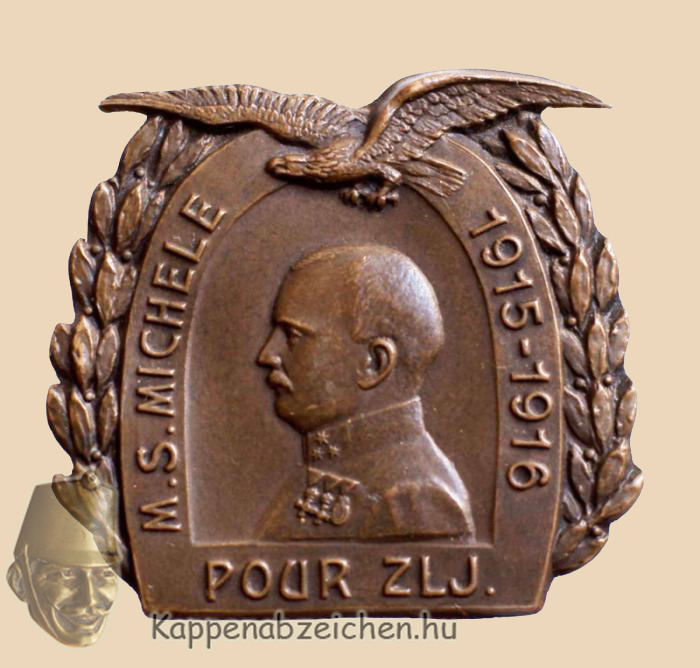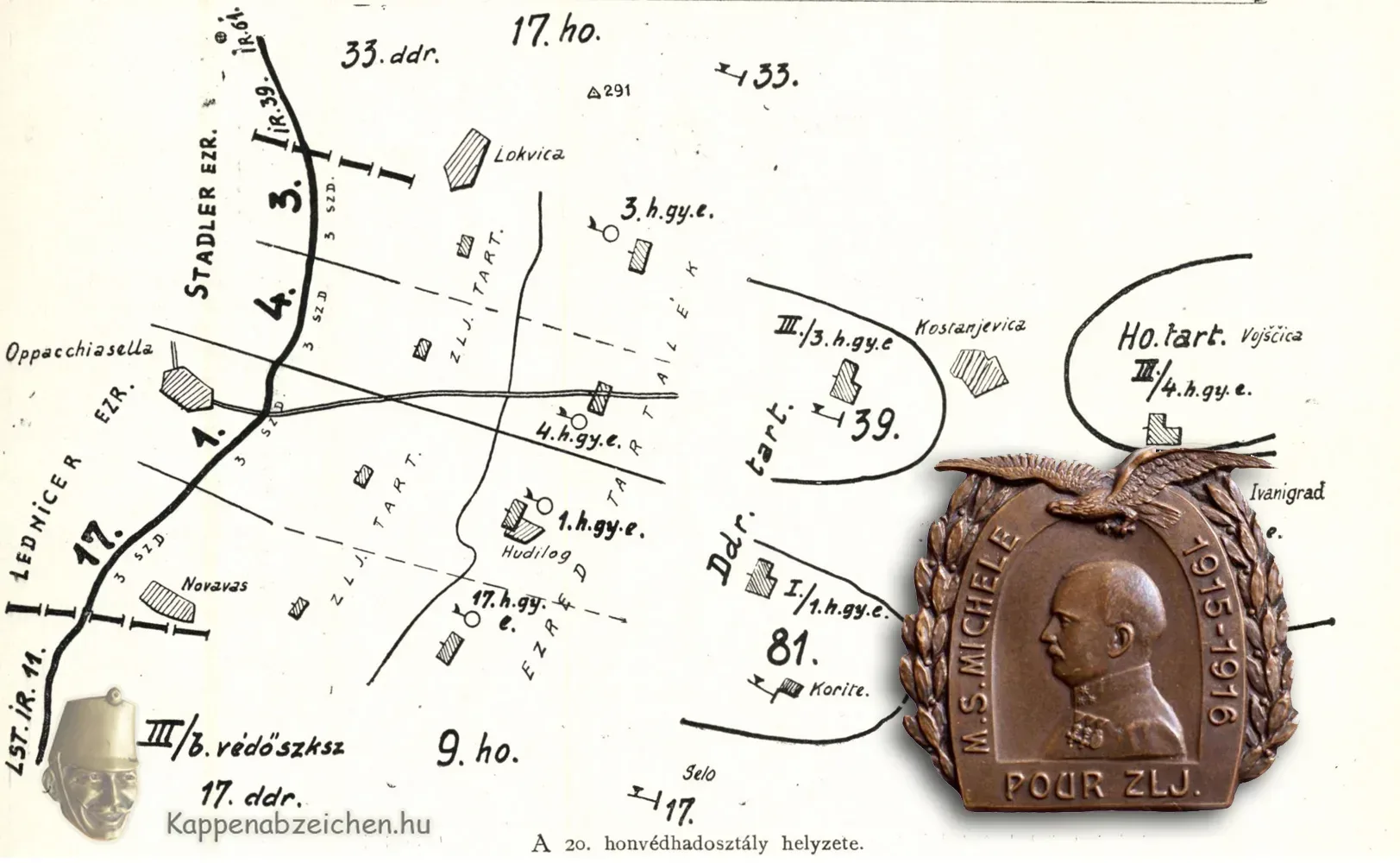September 1916 death of Capt. Pour
Encouraged by the partial success of the 6th Battle of the Isonzo, the Italian command initiated another offensive operation in the lower reaches of the Isonzo in September. The attack was launched from the newly occupied city of Görz, and against the Austro-Hungarian positions that had retreated on the Carst in August. In this section of the front, on the Comeni Plateau, the front line stretched through the settlement of Kostanjevica. The Italian attack was limited to one major effort to break through the not yet fully developed Austro-Hungarian defense line. This did not succeed, so the Italian command stopped the attack launched on September 14 on the 17th.
One of the reasons for the failure may have been that the construction of the new positions taken in August had already begun in the summer of 1916. The defense was therefore not rushed, although it had not yet reached full development. Another reason was the appearance of German reinforcements that had arrived in the meantime. Only then did Germany declare war on Italy and sent troops to the Isonzo front. In the autumn of 1916, protracted position battles took place again, and the positions were continuously destroyed by artillery fire.

On the last day of the Italian attack, one such Italian bombardment hit the cover of the 17th Infantry Regiment which was in reserve behind Kostanjevica, north of Height 363. Due to heavy grenade hits, one of the caverns of the defensive line collapsed and buried a hundred soldiers under it. Capt. Gyula Pour, commander of the 1st battalion, two other officers and 34 soldiers died instantly. Many were injured.

Captain Pour was a popular and efficient troop officer. The excellent performance of the 17th regiment on the battlefield could be achieved in no small measure due to the exemplary leadership of him and a few similarly trained and determined officers. His loss was therefore a great blow to the regiment. Reacting to the news of the death, the commander of the 20th division and the 7th corps also expressed his condolences to the commander of the regiment in telegrams. The dead were buried in San Daniel, but the captain’s ashes were soon exhumed and laid to rest in his hometown of Székesfehérvár. His grave can still be found today, he was buried as the city’s own dead, and his grave is constantly cared for. The insignia shown is that of the battalion named after him. The inscription is the name of Mt San Michele, the protected front section until August 1916. In any case, I rather think that the badge decorated with the captain’s portrait could have been made after his death. The background sketch shows the defensive positions of the 20th Division in September 1916 in front of Kostanjevica.



